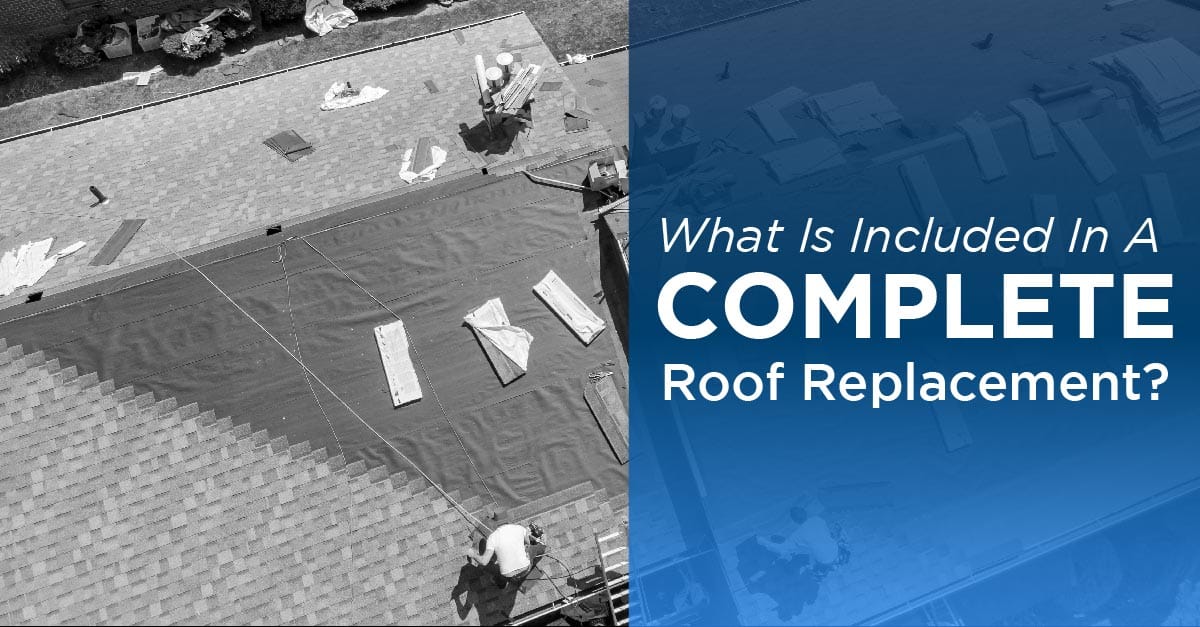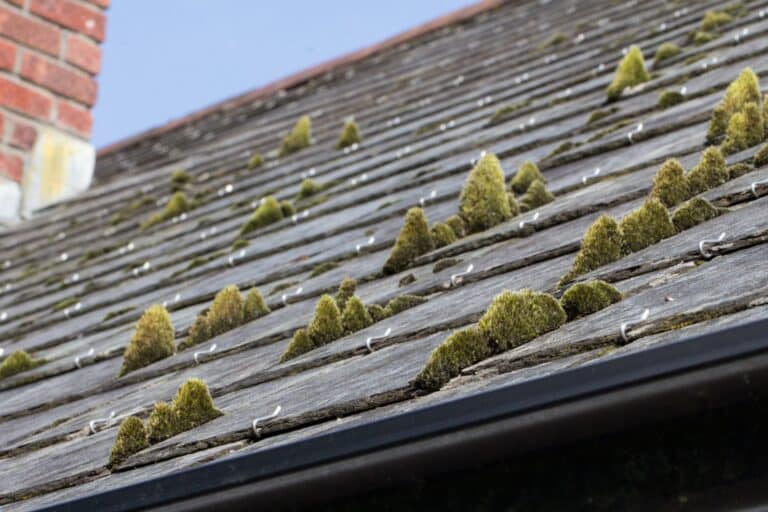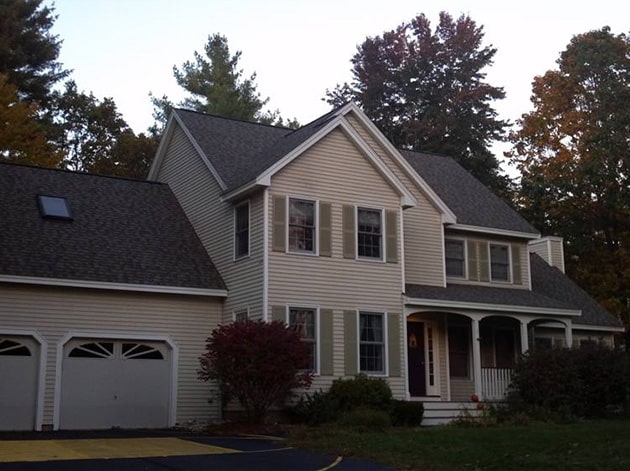If your roof is nearing the end of its lifespan or showing signs of serious leaks or deterioration, it could be time for a complete roof replacement. Understanding what is included in a roof replacement is crucial. Have your roof inspected by a professional roofing contractor to help you make an informed decision on whether to repair or replace the roof.
How Long Does a Roof Replacement Take?
Complete roof replacements are often associated with living disruptions, which is why it’s important to know beforehand how long the process will take. Generally speaking, it can take as little as one full day to tear off and replace an asphalt shingle roof. However, the duration can vary significantly depending on a variety of factors, including:
Type of Roofing Material
There are many different types and styles of roofing materials, with the common ones being asphalt shingles, wood shakes, concrete or clay tiles, synthetic slate, and metal roofing. Asphalt shingles roofs typically take 1-2 days to replace while concrete tiles can take as long as 8-9 days to complete.
The Size of the Roof
The larger your house, the longer it will take to replace its roof and vice versa. If your home is less than 1,200 sq. ft., the installation can take a single day. However, larger roofs will take a few more days to replace due to the magnitude of the work involved. Moreover, complex roofs with multiple protrusions such as chimneys, skylights, and vents will take much longer to replace since your roofer will work with a lot of caution around these components.
Type of Roof Decking
Roof decking is a series of flat boards that are stretched across joists and trusses and firmly attached. The roof decking boards also offer a surface for the weatherproofing materials such as the underlayment and the shingles to attach to. To some extent, the type of roof decking used can dictate how much time it takes to replace the roof. If damage has occurred at the decking due to prior leaks that were not addressed on time, your roofer may recommend replacing the entire decking system, which can prolong the replacement time.
The Roof Replacement Process
Once your roof replacement estimate is accepted and the contract is signed, the next step is to schedule your project. Your roofing contractor will order the materials and ship them to your home. They will then give you a call to schedule the work on an appropriate day, barring any unexpected changes in the weather. You should understand what is included in a roof replacement, which involves the following activities:
Tear-Off
On the material day, your roofer will arrive with the installation crew and begin tearing off the old roofing materials and disposing of them in a roll-off dumpster. Any damaged or old flashings and drip edging should also be removed at this point. An experienced roofer will use tarps to protect your home’s foundation plants and grass during tear-off, and magnetic equipment to gather up nails and other sharp metal objects from your lawn.
Installing the New Roof
The next step is to install the new roof. The process may only take a single day, but some projects do take longer depending on the size of your roof and how much detail work is needed (such as penetrations, ventilation, valleys, etc).
A reputable roofing contractor will make minor repairs to your roofing structure if it is in good condition, or replace bad wood with new 1 x 6 sheathing boards or plywood sheathing, or whichever is applicable to your specific type of roof. Additionally, your roofer will install ice dam protection, underlayment, metal drip edging, valley flashings, tab flashings, ridge events, and other waterproofing systems to ensure your new roof will stand up against the elements for several years to come. Part of understanding what is included in a roof replacement is recognizing these critical steps in the installation process.
A continuous ridge vent along the peak of the roof will enhance air circulation in the attic space to ensure hot air is exhausted to prevent winter ice dams. Even if your existing roof doesn’t have ridge events, it’s a good idea to include them during a full roof replacement to improve energy efficiency. Where ridge vents are not practical to install, consider other types of roof or gable vents to enhance air circulation in the attic space.
Final Cleanup and Inspection
Once the roof is fully installed, the crew will carry out a final clean-up and inspection to ensure everything is done correctly. A reputable roofer should gather up all debris and leftover materials and dispose of them accordingly, leaving your home as clean as before, if not cleaner.
With this information, you should be able to make advised decisions when hiring a roofing contractor for a complete roof replacement since you already understand the process. Adam Vaillancourt Roofing is your ultimate roofing partner in the Southern New Hampshire and Northern Massachusetts area. Contact us today with any questions about roofing replacement or to get a free inspection and quote.




